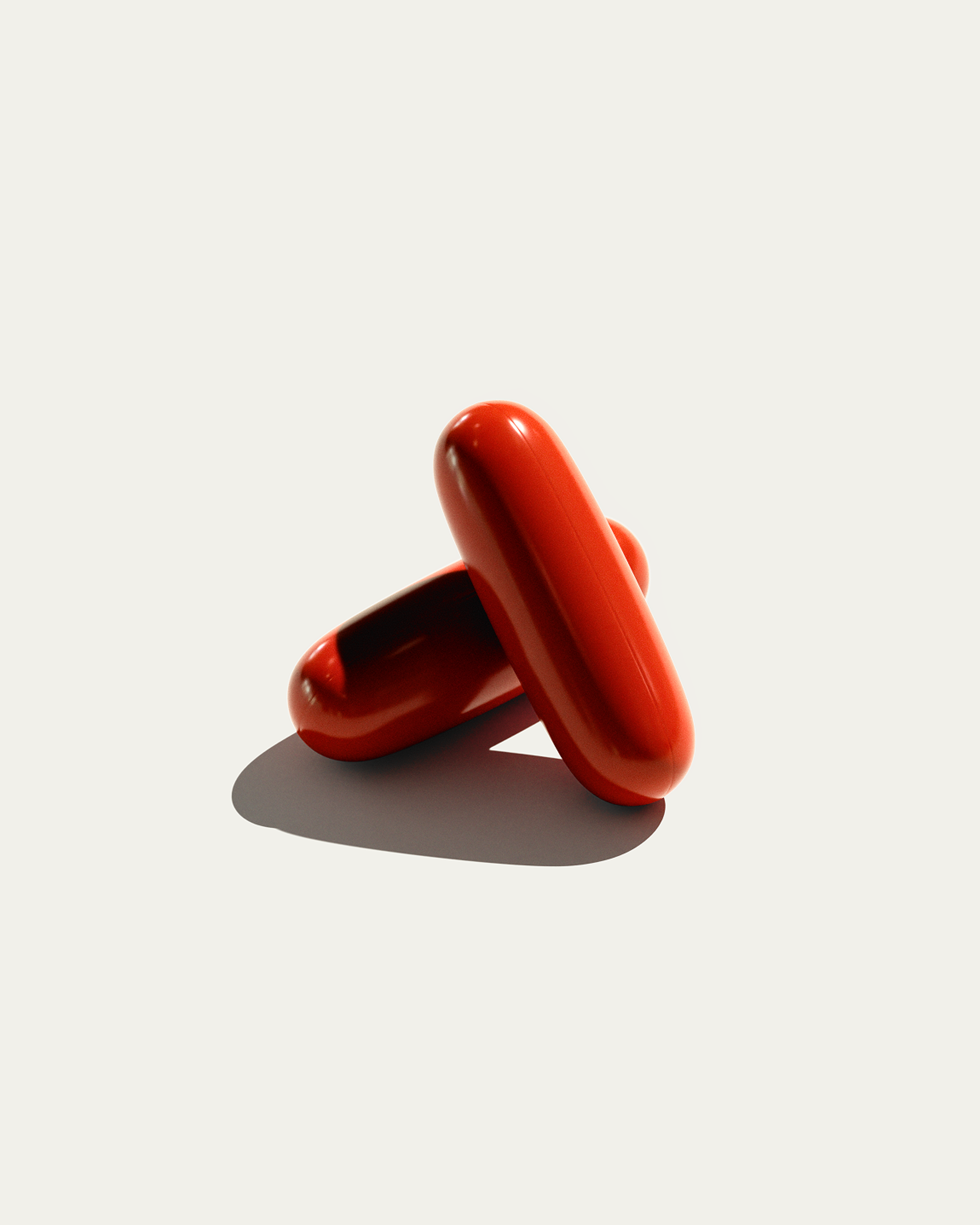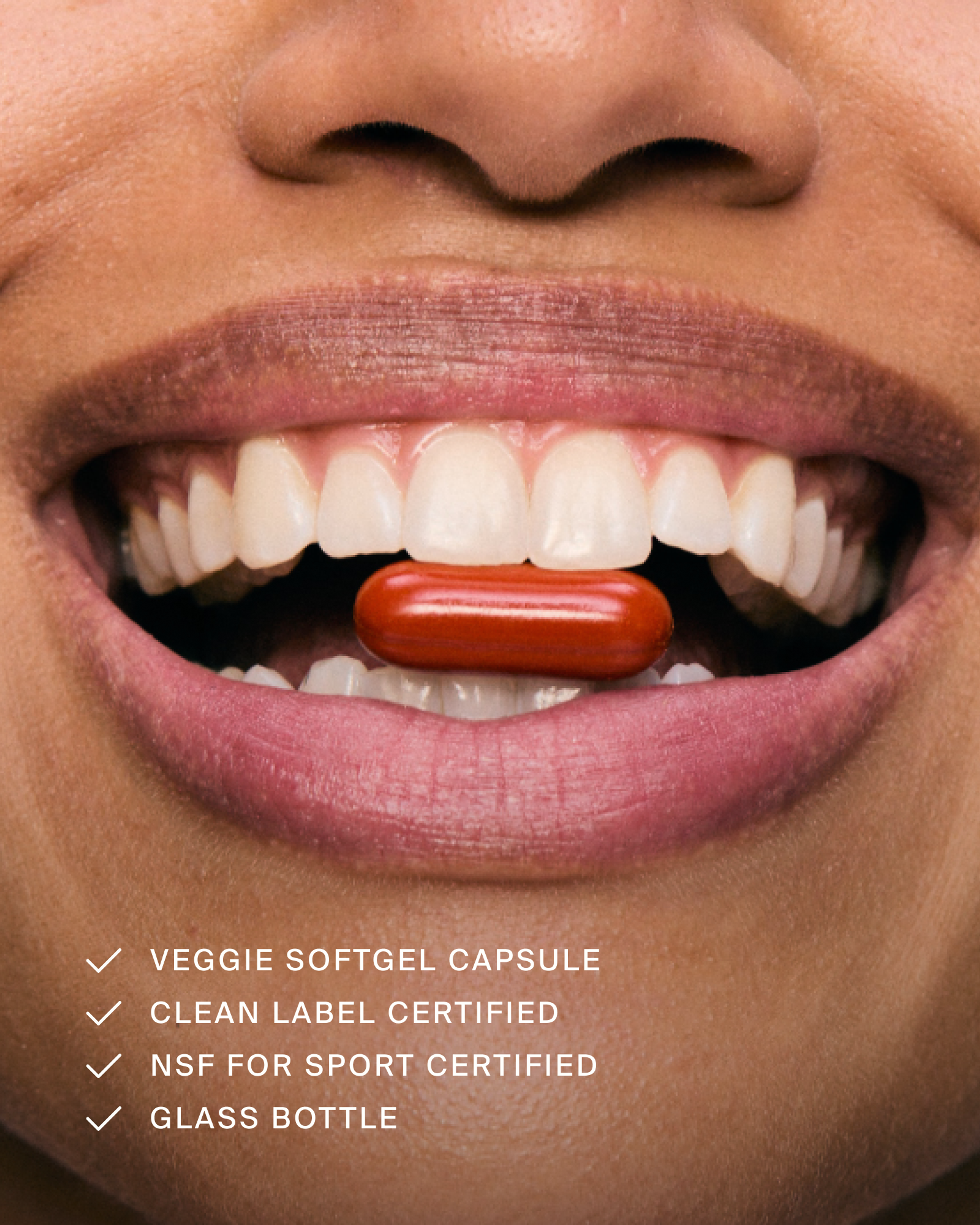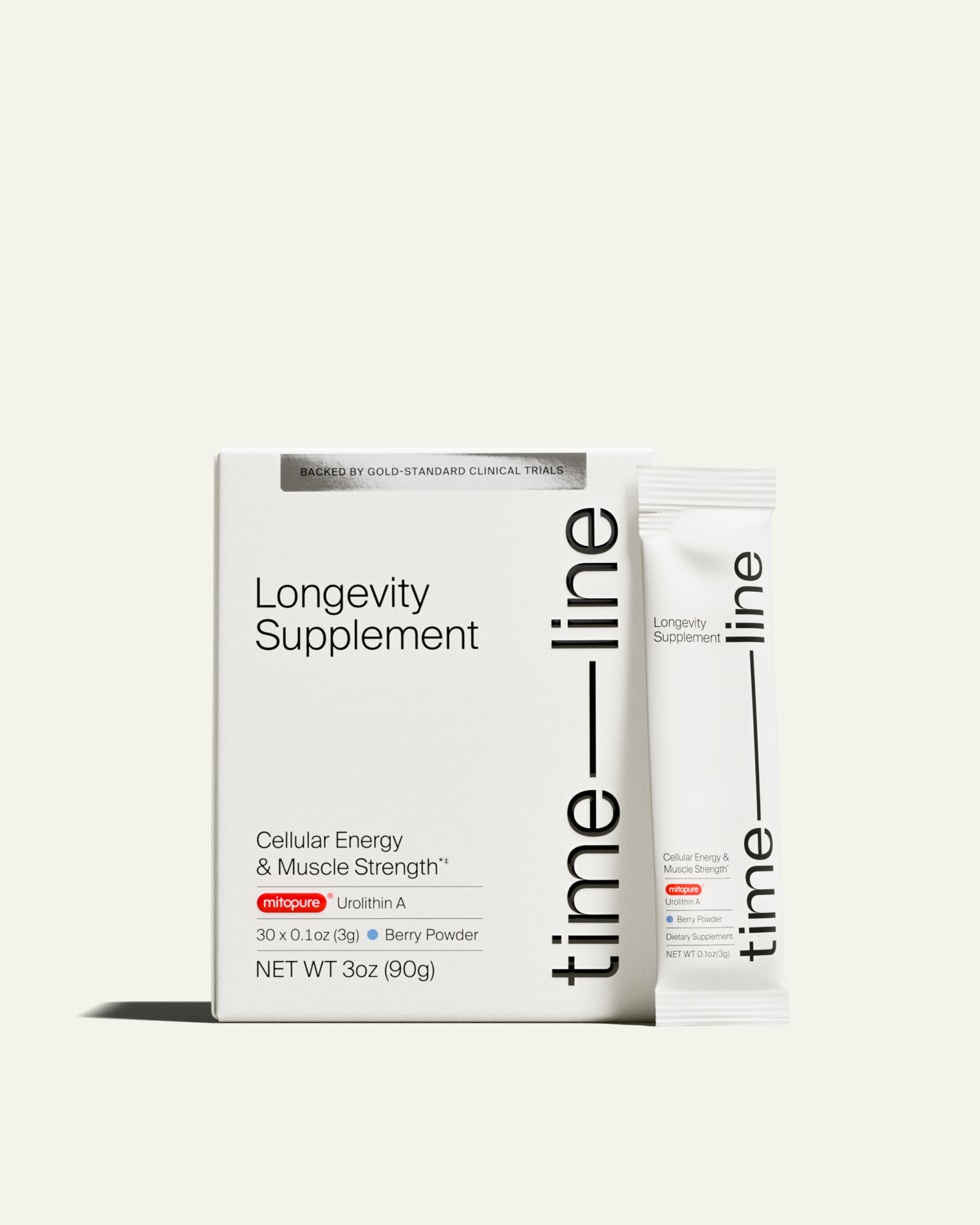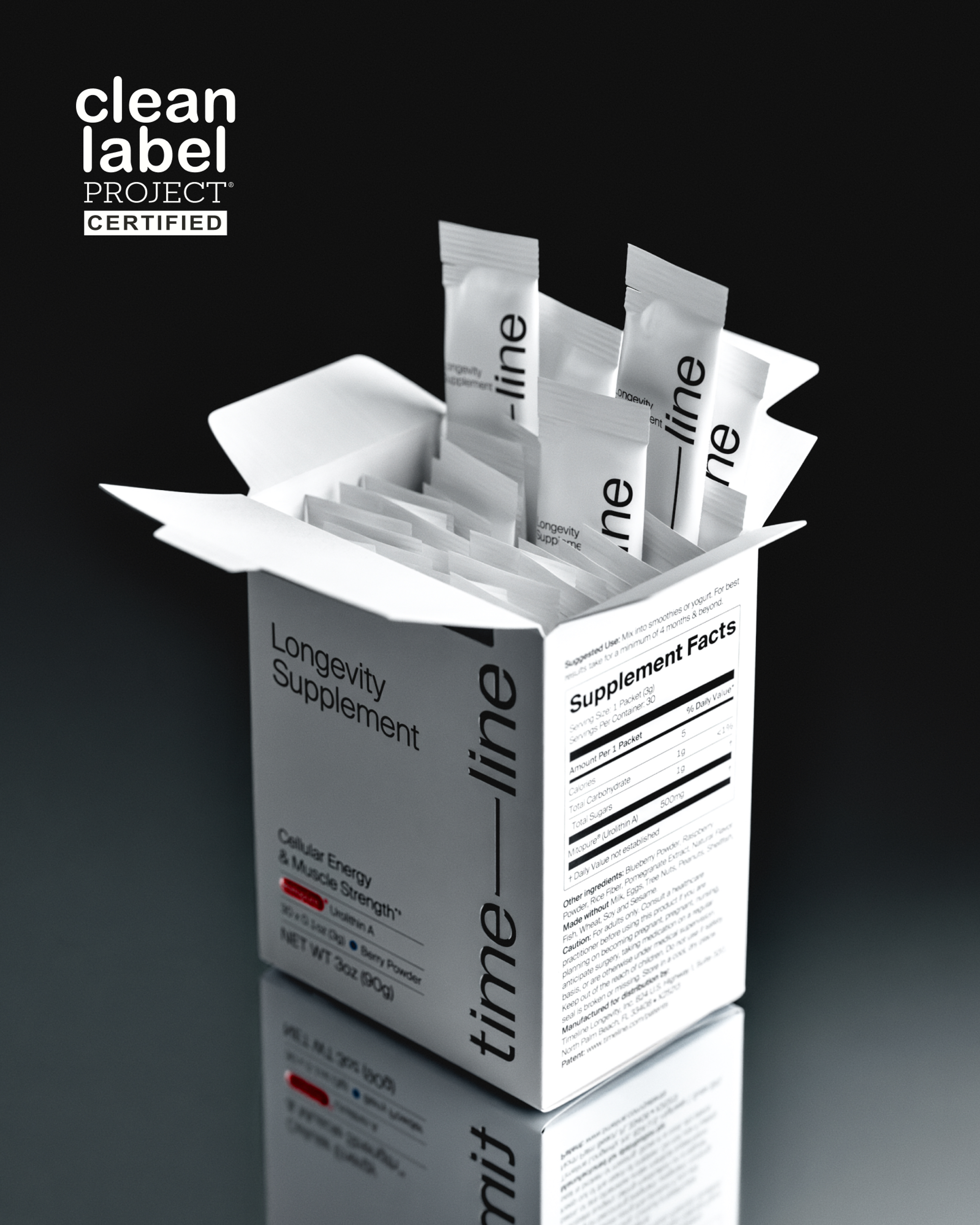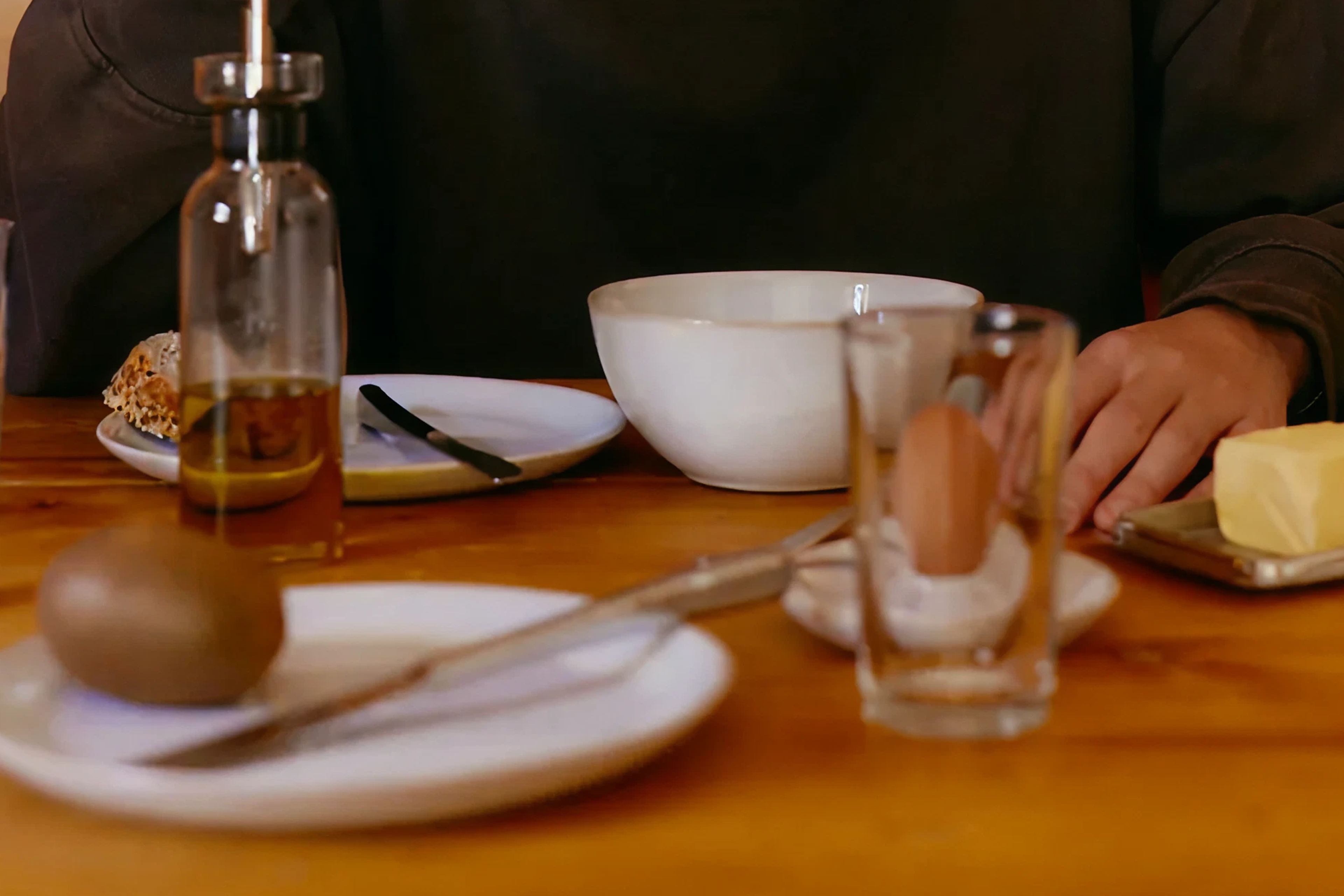Top 6 Tips to Biohack Your Way Out of Jet Lag
Jet lag is a mitochondrial and circadian crisis. Discover science-backed biohacks to reset your body clock and recover faster after long-haul flights.
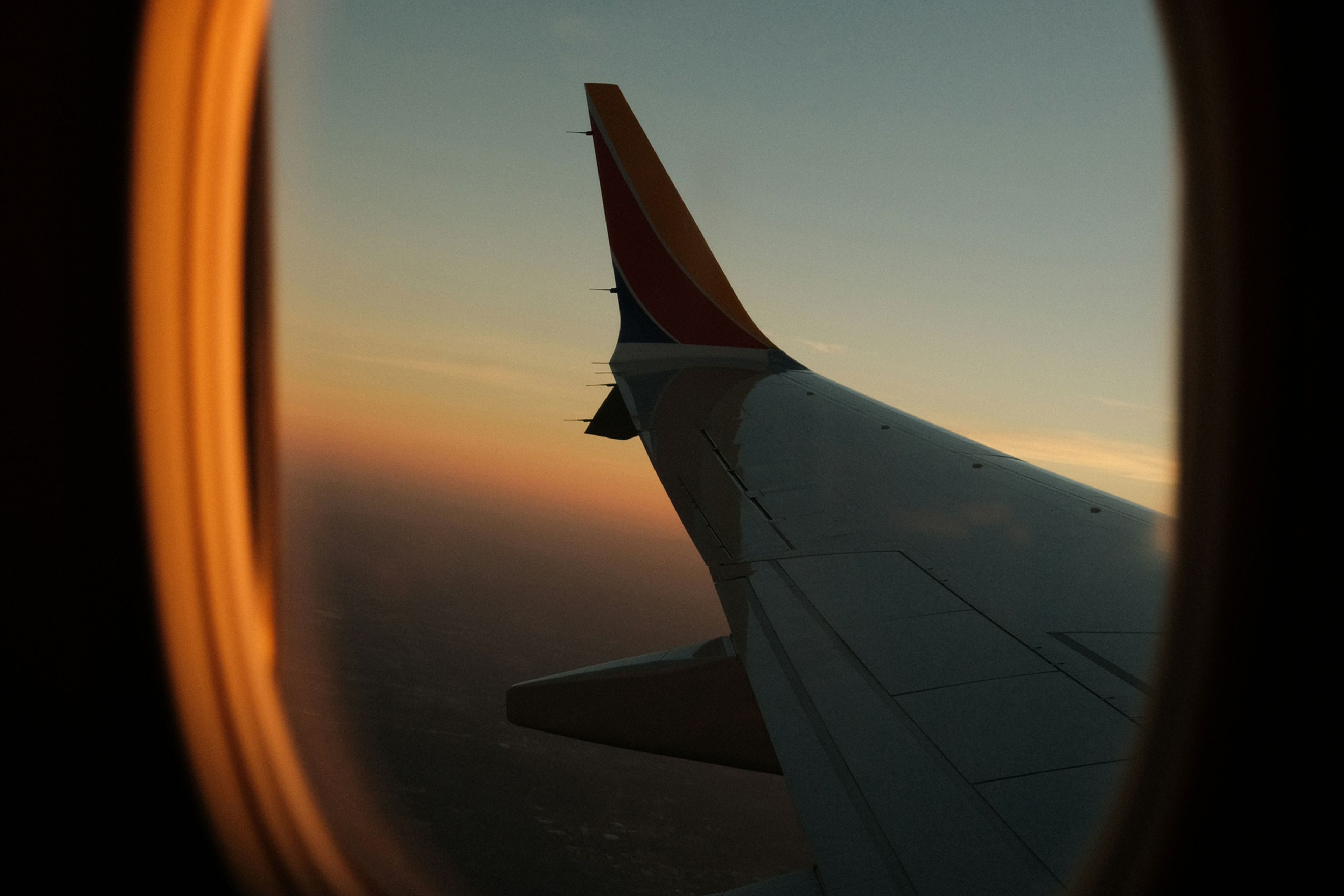
What to know
Jet lag confuses your circadian rhythm and mitochondria.
Use light strategically. Morning sunlight resets your master clock, while blue light filters at night support melatonin.
Well-timed naps are a powerful circadian cue. A short power nap can help you satisfy sleep needs, without reverting back to your old clock.
Melatonin can accelerate adjustment. Small, well-timed doses (0.5–3mg) help sync your circadian rhythm to your new timezone.
Moderate exercise, fasting, and red light therapy all boost mitochondrial function and reduce travel fatigue faster.
We don’t realize how critical routine is until it’s turned on its head. Jet lag isn’t just ill-timed sleepiness; it’s a full-body assault on your internal clock. It turns out the key to beating jet lag isn’t just willpower. You have to work with your body to help it adjust.
Let’s look into the biology of jet lag, with actionable tips to help you biohack your way out of it.
What is Jet Lag and Why Does it Happen?
Jet lag occurs when there’s a mismatch between your internal clock and the local time after travel. Our internal clock, governed by the brain’s suprachiasmatic nucleus (SCN), syncs to the 24‑hour cycle of light and dark. This central clock drives your circadian rhythm,[1] timing daily patterns of sleep, alertness, hormone release, digestion, and energy metabolism.
So when you get on the plane from LA to Tokyo, your SCN doesn't instantly reset. You may get headaches, body aches, early sleepiness, late-night insomnia, brain fog, and even digestive upset. In short, your body is confused.[2]
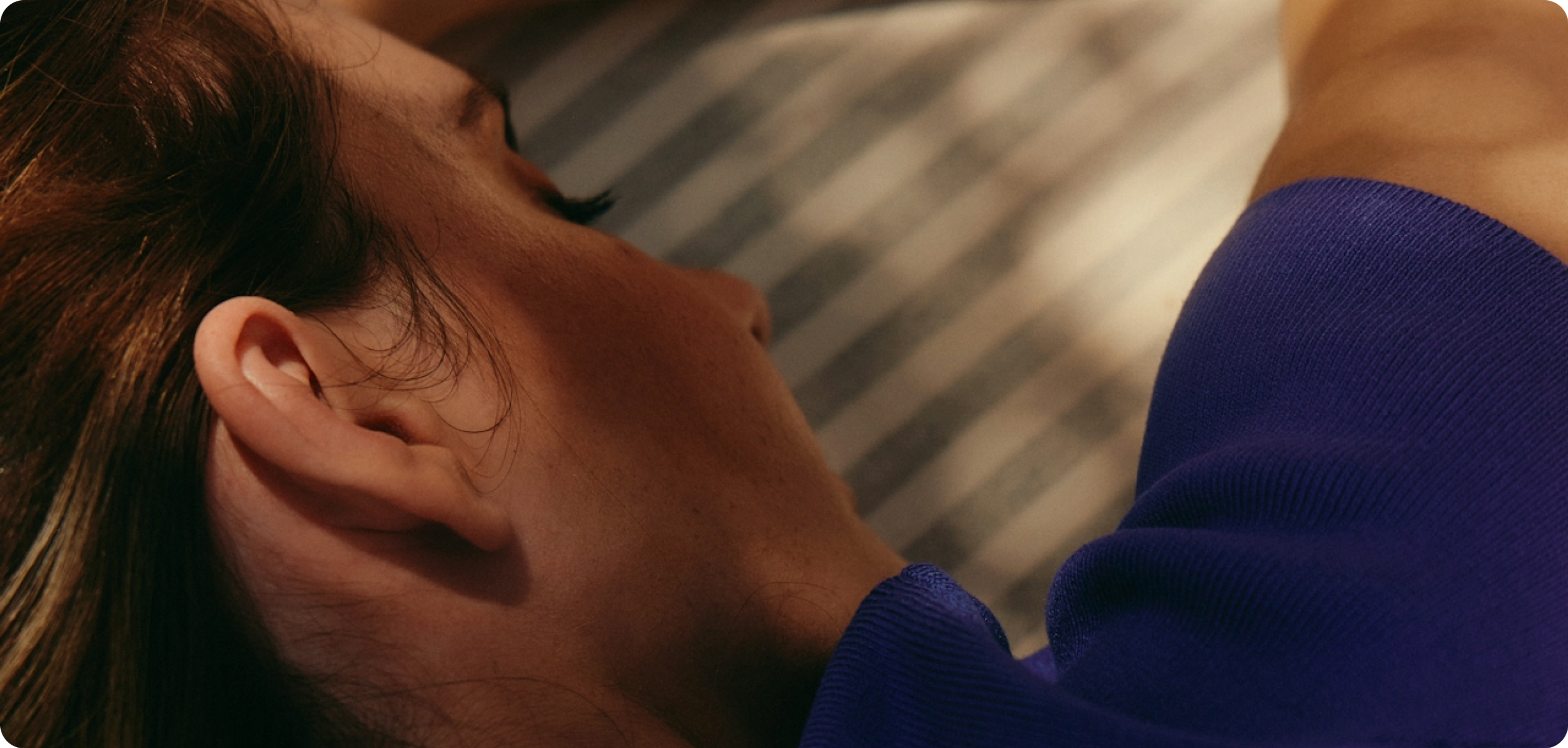
Why Does Jet Lag Lead to Fatigue?
It turns out that more than just your digestion and hormones are impacted by the 24-hour cycle. Recent research in animals shows that mitochondria follow circadian oscillations over the day. In other words, your cell’s energy production is synced to your 24-hour clock.[3]
How Does Mitochondria Function Lead to Jet Lag
Under normal conditions, cellular energy metabolism rises and falls with the daily cycle, coordinated by clock genes. The circadian clock actively regulates mitochondrial function in tissues like the heart, muscles, pancreas, and liver.[4]
In healthy cells, mitochondria also follow daily rhythms, including changes in their shape and efficiency.[5] Basically, your mitochondria have a schedule, too!
There’s a lot you can do to soften the shock that travel has on your body. You can help re-synchronize your clocks and support your mitochondria through the transition.
What Are Science-Based Biohacks to Fight Jet Lag Fatigue?
The most effective jet lag remedies work by either shifting your circadian clock faster or boosting your cellular energy. Here are some proven strategies to help you get out of your hotel room and into the streets!
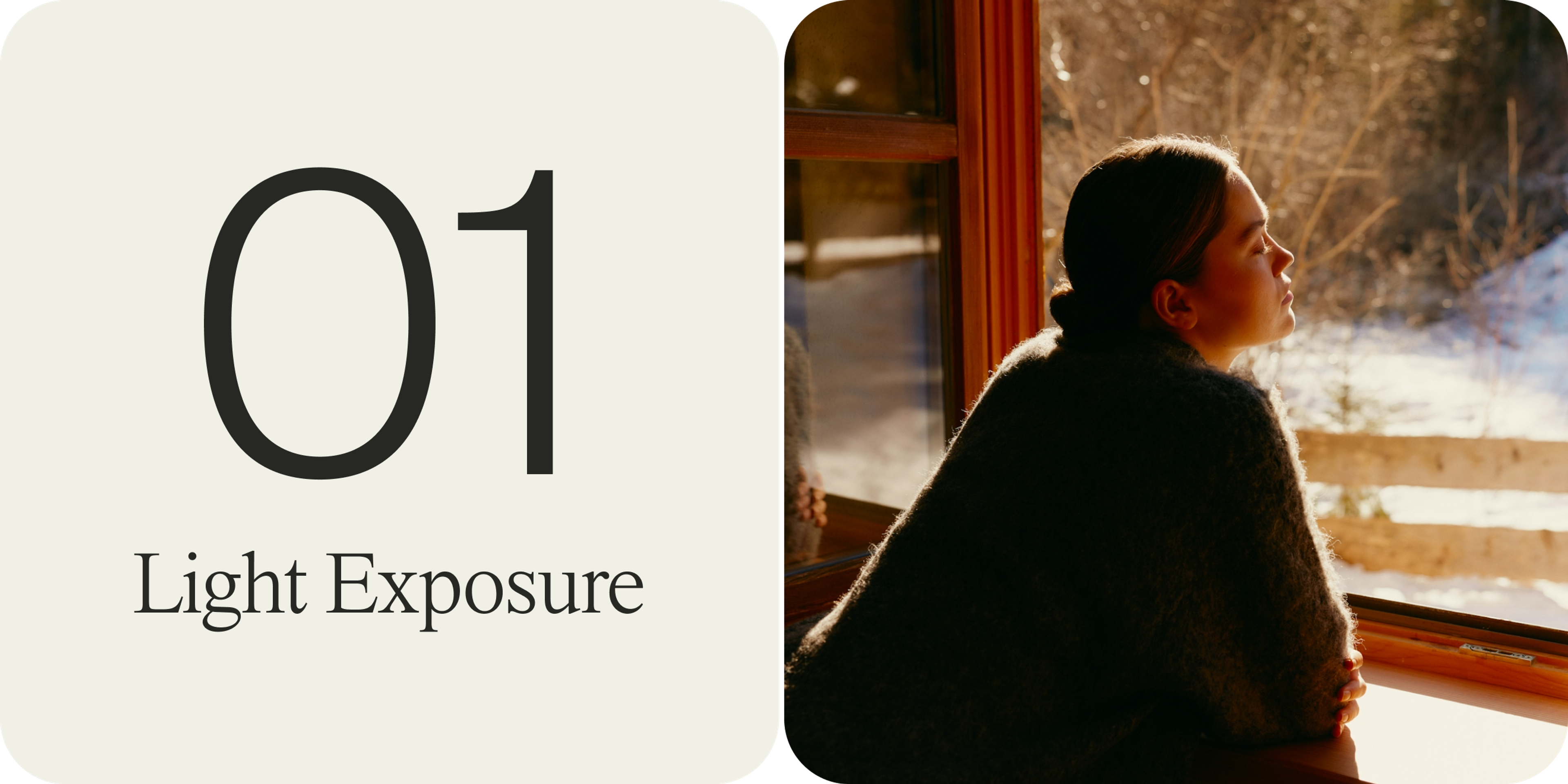
Light Exposure
Light is the single most powerful cue for your circadian rhythm. You can use light as medicine to resynchronize your body.
- Get morning sunlight: Seek bright light in the early local morning (without sunglasses, if possible). This will advance your circadian phase, making your internal clock earlier.[6]
- Avoid late-night light: That means avoiding bright light, especially blue light, in the hours before the new bedtime. Wearing blue-blocking glasses can help.[7]
- Timed light therapy: If sunlight isn’t available (or you’re stuck in an office), using a light therapy box or even light-emitting glasses can simulate the sun.[8]
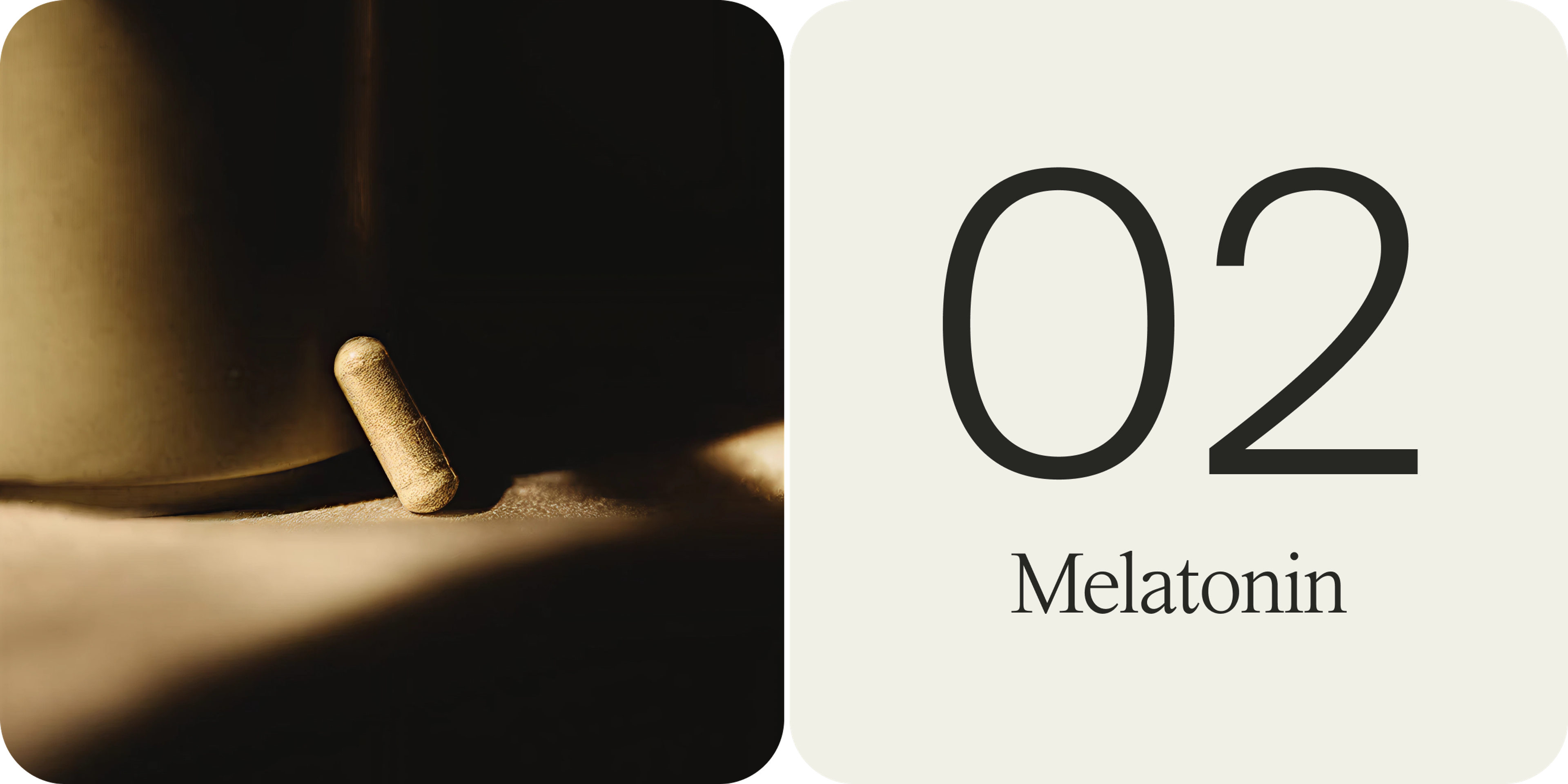
Melatonin
Melatonin is the hormone your brain naturally produces at night to signal sleep. It’s one of the most evidence-backed jet lag hacks. A review paper found that taking melatonin can significantly reduce jet lag symptoms and speed up circadian realignment.[9]
Experts recommend taking a small dose (0.5-3 mg) in the evening, timed to the destination’s bedtime, for a few days after you arrive. [10]For example, if you fly from London to Taiwan, you’d take melatonin around 8-9 pm Taiwan time.
Some travelers even start a day or two before travel, taking melatonin at the target destination’s bedtime, to pre-shift their rhythm.

Timing Meals
There’s intriguing science behind fasting as a way to reset circadian rhythms. It turns out, hunger cues might just trump light! Researchers discovered a secondary “food clock” in the brain that can override our light-based clock.[11]
One popular method, sometimes called the Argonne anti-jet-lag diet, uses a cycle of alternating between fasting and feasting a few days before your travel, followed by 12-15 hours of fasting before landing. Then you break the fast with a high-protein meal at your destination.[12]
Fasting also triggers cellular cleanup, including mitophagy, which facilitates the recycling of damaged mitochondria to make room for fresh ones.[13]
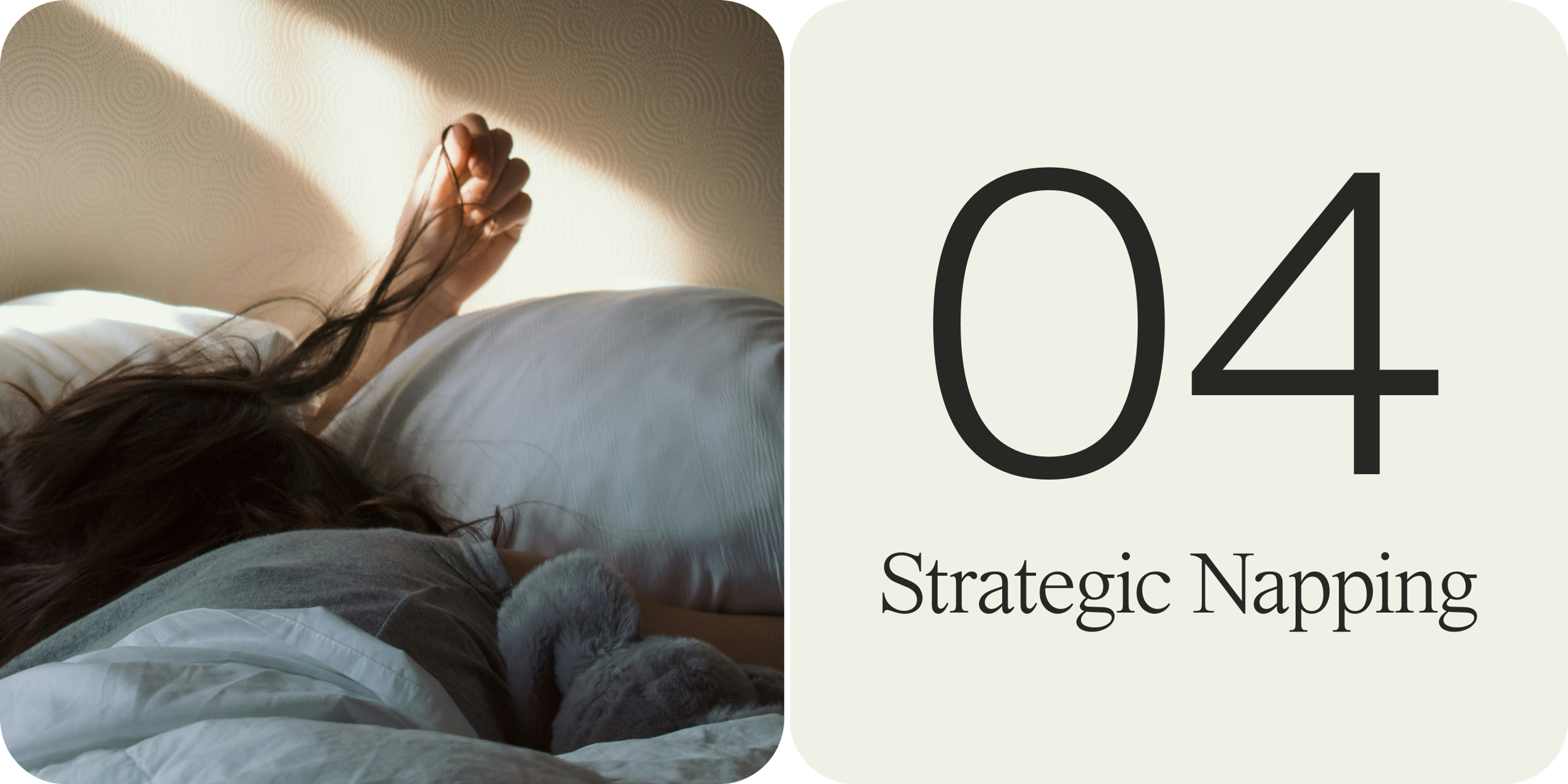
Sleep Smarter
A smart sleep schedule before and during your trip can make all the difference in avoiding jet lag.
- Gradual adjustments: Move your bedtime a couple of hours closer to the target timezone in the days before flying.[14]
- Strategic napping: A short nap (20–30 minutes) after you arrive can boost alertness if you’re really struggling to function, but use naps carefully.[15]
- Anchor sleep and recovery: Aim to get high-quality sleep as you can, during your first few nights in the new time zone.[16]
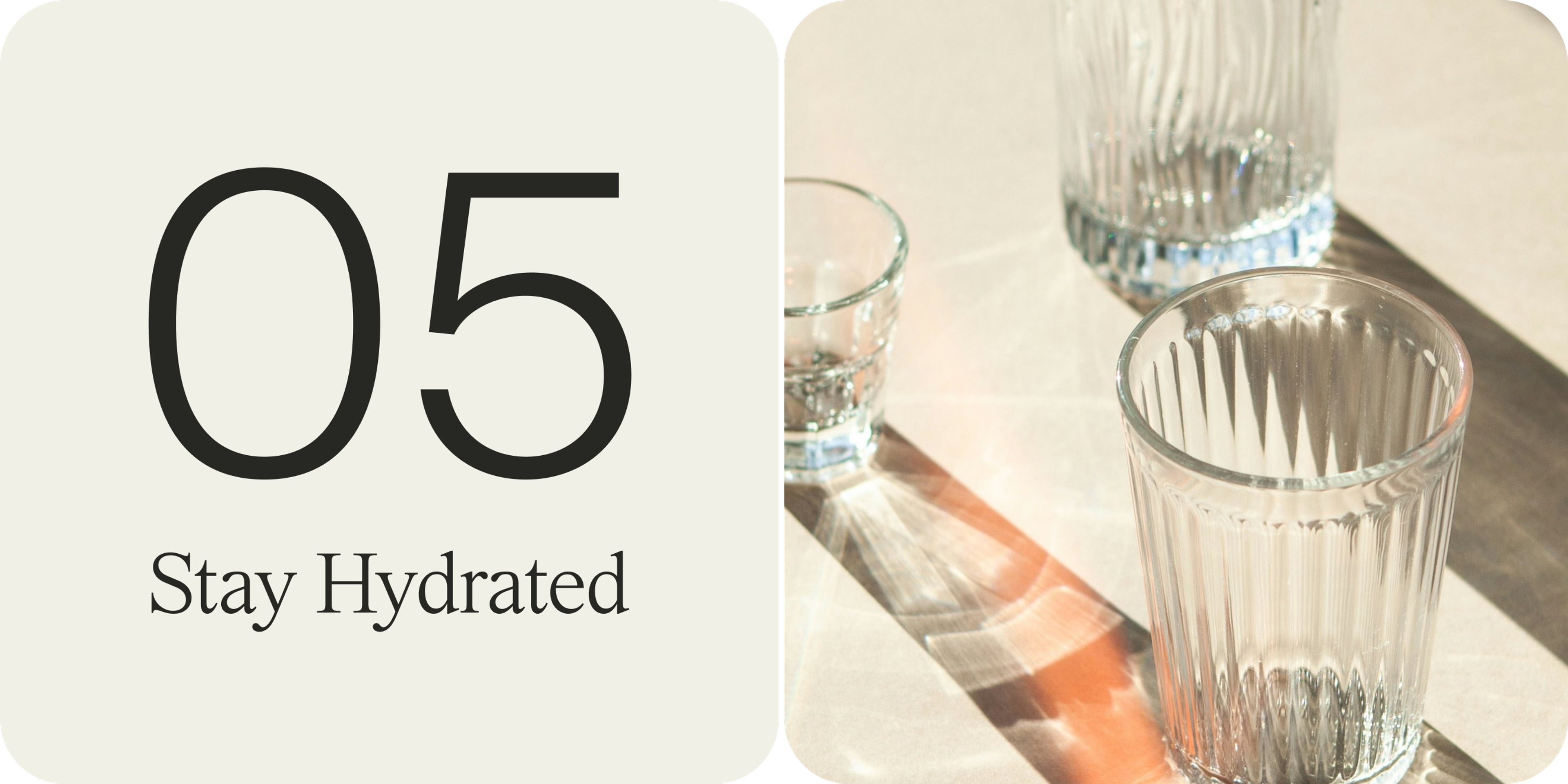
Stay Hydrated
Airplane cabins are notoriously dehydrating. The low humidity levels at high altitudes, combined with recirculated air, leave many travelers stepping off a flight mildly dehydrated.[17] Even mild dehydration can cause headaches, fatigue, and poorer cognitive function, compounding the effects of jet lag.
Staying hydrated, before, during, and after your flight can help lessen the symptoms of jet lag. Rehydrate with electrolyte water and avoid diuretics like caffeine, alcohol and sugary beverages.[18]
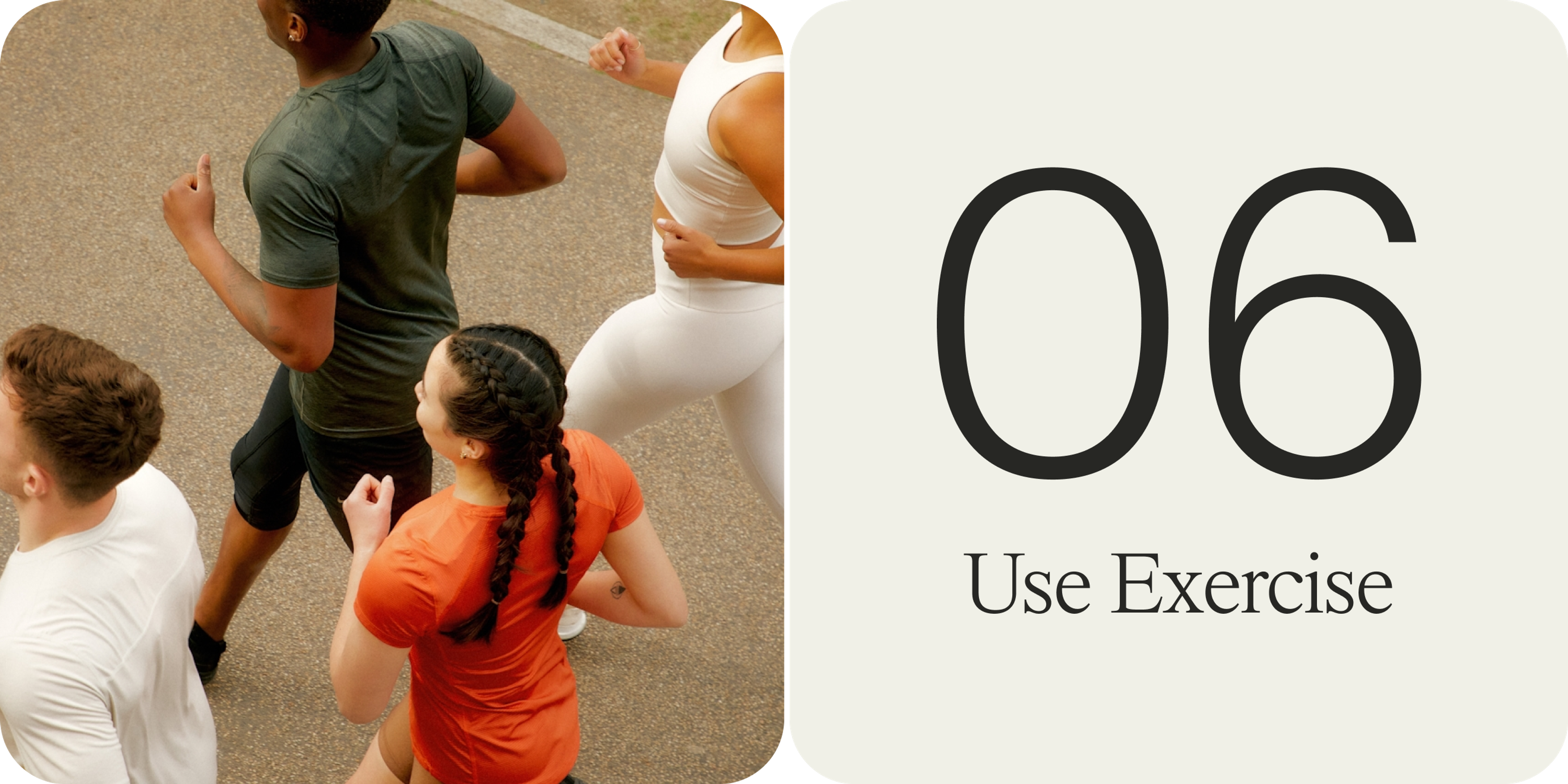
Use Exercise
Moderate exercise (like a brisk walk, a short run, or a hotel-room HIIT session) can raise your core body temperature and release natural adrenaline hormones. This helps to signal to your body that it's daytime.[19]
However, try to avoid intense exercise close to your new bedtime; that might make it harder to fall asleep. A calming stretch or light yoga session might be better in the evening. Ultimately, exercise helps synchronize your peripheral clocks (muscles, liver, etc.) and can improve mood and cognitive function, which jet lag usually hinders.[20]
It’s also been noted that people who stay physically active during travel tend to report less severe jet lag.
Frequently Asked Questions About Jet Lag
Jet lag affects everyone a little differently, which is why there’s no one-size-fits-all solution. What works for one traveler might not work for another. That’s why we’ve rounded up answers to some of the most frequently asked questions, to help you personalize your approach and feel your best wherever you land.
Q: Do Blue Light Blockers Help With Jet Lag?
Yes, if used at the right time. Blue light blockers can help reduce jet lag by preventing evening light exposure from delaying your circadian rhythm. Bright, blue-rich light[21], like what we see from our tech screens, can suppress melatonin, your sleep hormone.[21]
If you're trying to fall asleep at your destination’s local nighttime, wearing blue-blocking glasses 2–3 hours before bedtime can encourage melatonin release and help your body wind down on the new schedule.
Q: How Should I Adjust My Sleep Before Flying to Europe?
Travelling from North America to Europe is eastward travel, which usually requires an earlier bedtime and wake-up time.
Try this 3–5 days before departure:[22]
- Shift your bedtime and wake-up 30–60 minutes earlier each day.
- Get bright morning light (go outside right after waking).
- Avoid bright lights/screens after 8–9 PM (consider blue blockers).
- Consider taking a low-dose melatonin (0.5–3 mg) 1–2 hours before your new target bedtime.
This helps pre-train your circadian rhythm so you land more in sync and experience less jet lag.
Q: What Should I Do on a Long-Haul Flight to Avoid Jet Lag?
Here’s your in-flight jet lag toolkit:
- Hydrate appropriately (water, not caffeine or alcohol).
- Avoid meals if you plan to use fasting to reset your clock.
- Nap only if it aligns with your destination's sleep time.
- Use blue-blocking glasses and/or an eye mask to simulate night when appropriate.
- Stretch or walk every 1–2 hours to reduce stiffness and improve circulation.
- Avoid screen time if it's near your destination’s night.
Closing Remarks
Whether you’re a frequent flyer, a long-haul traveler, or just recovering from a red-eye, biohacking your way out of jet lag is completely doable.
By aligning light, meals, movement, and supplements to your body’s biological clock, you can speed up recovery, reduce fatigue, and show up fully wherever you land!
Authors

Written by
Freelance writer

Reviewed by
Director Science Communications
References
- ↑
Choy, M., & Salbu, R. L. (2011). Jet lag: current and potential therapies. P & T : a peer-reviewed journal for formulary management, 36(4), 221–231.
- ↑
Choy, M., & Salbu, R. L. (2011). Jet lag: current and potential therapies. P & T : a peer-reviewed journal for formulary management, 36(4), 221–231.
- ↑
Kim, J., & Sun, W. (2024). Circadian coordination: understanding interplay between circadian clock and mitochondria. Animal cells and systems, 28(1), 228–236. https://doi.org/10.1080/19768354.2024.2347503 (https://www.google.com/url?q=https://doi.org/10.1080/19768354.2024.2347503&sa=D&source=docs&ust=1754584656117039&usg=AOvVaw21s0WI5PFem59tYUG2S4eL)
- ↑
Morris, C. J., Aeschbach, D., & Scheer, F. A. (2012). Circadian system, sleep and endocrinology. Molecular and cellular endocrinology, 349(1), 91–104. https://doi.org/10.1016/j.mce.2011.09.003 (https://www.google.com/url?q=https://doi.org/10.1016/j.mce.2011.09.003&sa=D&source=docs&ust=1754584656119274&usg=AOvVaw0FdOv6at30h0aIhl9i-6H6)
Wang, P., Yu, B., Liu, L., Zhang, C., & Ai, S. (2025). Role of circadian rhythms in heart failure: insights from myocardial energy metabolism. Journal of translational medicine, 23(1), 770. https://doi.org/10.1186/s12967-025-06828-1 (https://www.google.com/url?q=https://doi.org/10.1186/s12967-025-06828-1&sa=D&source=docs&ust=1754584656119331&usg=AOvVaw3GQx6yZpSJQ2Zb4u_gpQYz) - ↑
Kim, J., & Sun, W. (2024). Circadian coordination: understanding interplay between circadian clock and mitochondria. Animal cells and systems, 28(1), 228–236. https://doi.org/10.1080/19768354.2024.2347503 (https://www.google.com/url?q=https://doi.org/10.1080/19768354.2024.2347503&sa=D&source=docs&ust=1755095528091493&usg=AOvVaw2XLKG9gAuUWHTe3JSvKhEd)
- ↑
Arendt J. (2018). Approaches to the Pharmacological Management of Jet Lag. Drugs, 78(14), 1419–1431. https://doi.org/10.1007/s40265-018-0973-8 (https://www.google.com/url?q=https://doi.org/10.1007/s40265-018-0973-8&sa=D&source=docs&ust=1754584656120128&usg=AOvVaw3S3GdZXVoZKvfwiP7f4_W-)
- ↑
Arendt J. (2018). Approaches to the Pharmacological Management of Jet Lag. Drugs, 78(14), 1419–1431. https://doi.org/10.1007/s40265-018-0973-8 (https://www.google.com/url?q=https://doi.org/10.1007/s40265-018-0973-8&sa=D&source=docs&ust=1754584656133473&usg=AOvVaw0RDMLIAcu0VbWWD_MOLpdI)
- ↑
Dodson, E. R., & Zee, P. C. (2010). Therapeutics for Circadian Rhythm Sleep Disorders. Sleep medicine clinics, 5(4), 701–715. https://doi.org/10.1016/j.jsmc.2010.08.001 (https://www.google.com/url?q=https://doi.org/10.1016/j.jsmc.2010.08.001&sa=D&source=docs&ust=1754584656121213&usg=AOvVaw0TZTPLRaKphjWiP11CGwSx)
- ↑
Herxheimer, A., & Petrie, K. J. (2002). Melatonin for the prevention and treatment of jet lag. The Cochrane database of systematic reviews, (2), CD001520. https://doi.org/10.1002/14651858.CD001520 (https://www.google.com/url?q=https://doi.org/10.1002/14651858.CD001520&sa=D&source=docs&ust=1754584656123264&usg=AOvVaw2LbTRAkdpVaS55fr9Vryd2)
- ↑
Herxheimer, A., & Petrie, K. J. (2002). Melatonin for the prevention and treatment of jet lag. The Cochrane database of systematic reviews, (2), CD001520. https://doi.org/10.1002/14651858.CD001520 (https://www.google.com/url?q=https://doi.org/10.1002/14651858.CD001520&sa=D&source=docs&ust=1755095528084991&usg=AOvVaw3EWICvunWCWpB7SlhA0YJW)
- ↑
Mistlberger R. E. (2020). Food as circadian time cue for appetitive behavior. F1000Research, 9, F1000 Faculty Rev-61. https://doi.org/10.12688/f1000research.20829.1 (https://www.google.com/url?q=https://doi.org/10.12688/f1000research.20829.1&sa=D&source=docs&ust=1754584656121847&usg=AOvVaw2SKOSwLolfKp8cirdVGhKh)
- ↑
Hanauer S. B. (2008). Jet lag: life in the fast (and feast) lane. Nature clinical practice. Gastroenterology & hepatology, 5(7), 349. https://doi.org/10.1038/ncpgasthep1187 (https://www.google.com/url?q=https://doi.org/10.1038/ncpgasthep1187&sa=D&source=docs&ust=1754584656122577&usg=AOvVaw1nqnr2ZgMrKwSHHAYf7x9i)
- ↑
Mehrabani, S., Bagherniya, M., Askari, G., Read, M. I., & Sahebkar, A. (2020). The effect of fasting or calorie restriction on mitophagy induction: a literature review. Journal of cachexia, sarcopenia and muscle, 11(6), 1447–1458. https://doi.org/10.1002/jcsm.12611 (https://www.google.com/url?q=https://doi.org/10.1002/jcsm.12611&sa=D&source=docs&ust=1754584656125280&usg=AOvVaw0UXSnEfhKn16V5v6xcaHak)
- ↑
Centers for Disease Control and Prevention. (n.d.). Jet lag disorder. Centers for Disease Control and Prevention. https://www.cdc.gov/yellow-book/hcp/travel-air-sea/jet-lag-disorder.html (https://www.google.com/url?q=https://www.cdc.gov/yellow-book/hcp/travel-air-sea/jet-lag-disorder.html&sa=D&source=docs&ust=1754584656125953&usg=AOvVaw1FSMruTq_Mtkl5S2SdSx1_)
- ↑
Centers for Disease Control and Prevention. (n.d.). Jet lag disorder. Centers for Disease Control and Prevention. https://www.cdc.gov/yellow-book/hcp/travel-air-sea/jet-lag-disorder.html (https://www.google.com/url?q=https://www.cdc.gov/yellow-book/hcp/travel-air-sea/jet-lag-disorder.html&sa=D&source=docs&ust=1754584656110057&usg=AOvVaw0T9_XZwtlHSG224hm4Rnml)
- ↑
Centers for Disease Control and Prevention. (n.d.). Jet lag disorder. Centers for Disease Control and Prevention. https://www.cdc.gov/yellow-book/hcp/travel-air-sea/jet-lag-disorder.html (https://www.google.com/url?q=https://www.cdc.gov/yellow-book/hcp/travel-air-sea/jet-lag-disorder.html&sa=D&source=docs&ust=1754584656110958&usg=AOvVaw2GLOGy6AKqqyl6b2doZct1)
- ↑
Zubac, D., Buoite Stella, A., & Morrison, S. A. (2020). Up in the Air: Evidence of Dehydration Risk and Long-Haul Flight on Athletic Performance. Nutrients, 12(9), 2574. https://doi.org/10.3390/nu12092574 (https://www.google.com/url?q=https://doi.org/10.3390/nu12092574&sa=D&source=docs&ust=1754584656123981&usg=AOvVaw0KIl0wvWfxAjW_0_7bRnol)
- ↑
Waterhouse, J., Reilly, T., Atkinson, G., & Edwards, B. (2007). Jet lag: trends and coping strategies. Lancet (London, England), 369(9567), 1117–1129. https://doi.org/10.1016/S0140-6736(07)60529-7 (https://www.google.com/url?q=https://doi.org/10.1016/S0140-6736(07)60529-7&sa=D&source=docs&ust=1754584656128622&usg=AOvVaw1cJ35l_7FhvRosJ7rSHjqy)
- ↑
Gabriel BM, Zierath JR. Circadian rhythms and exercise - re-setting the clock in metabolic disease. Nat Rev Endocrinol. 2019 Apr;15(4):197-206. doi: 10.1038/s41574-018-0150-x. PMID: 30655625.
- ↑
Roach, G. D., & Sargent, C. (2019). Interventions to Minimize Jet Lag After Westward and Eastward Flight. Frontiers in physiology, 10, 927. https://doi.org/10.3389/fphys.2019.00927 (https://www.google.com/url?q=https://doi.org/10.3389/fphys.2019.00927&sa=D&source=docs&ust=1754584656130763&usg=AOvVaw1_2CaUami8kPb9w_NTvbnG)
- ↑
Zerbini G, Kantermann T, Merrow M. Strategies to decrease social jetlag: Reducing evening blue light advances sleep and melatonin. Eur J Neurosci. 2020 Jun;51(12):2355-2366. doi: 10.1111/ejn.14293. Epub 2018 Dec 13. PMID: 30506899.
- ↑
Centers for Disease Control and Prevention. (n.d.). Jet lag disorder. Centers for Disease Control and Prevention. https://www.cdc.gov/yellow-book/hcp/travel-air-sea/jet-lag-disorder.html (https://www.google.com/url?q=https://www.cdc.gov/yellow-book/hcp/travel-air-sea/jet-lag-disorder.html&sa=D&source=docs&ust=1754584656136921&usg=AOvVaw1tn5sEL9gWMPoX8Rgi7_gb)
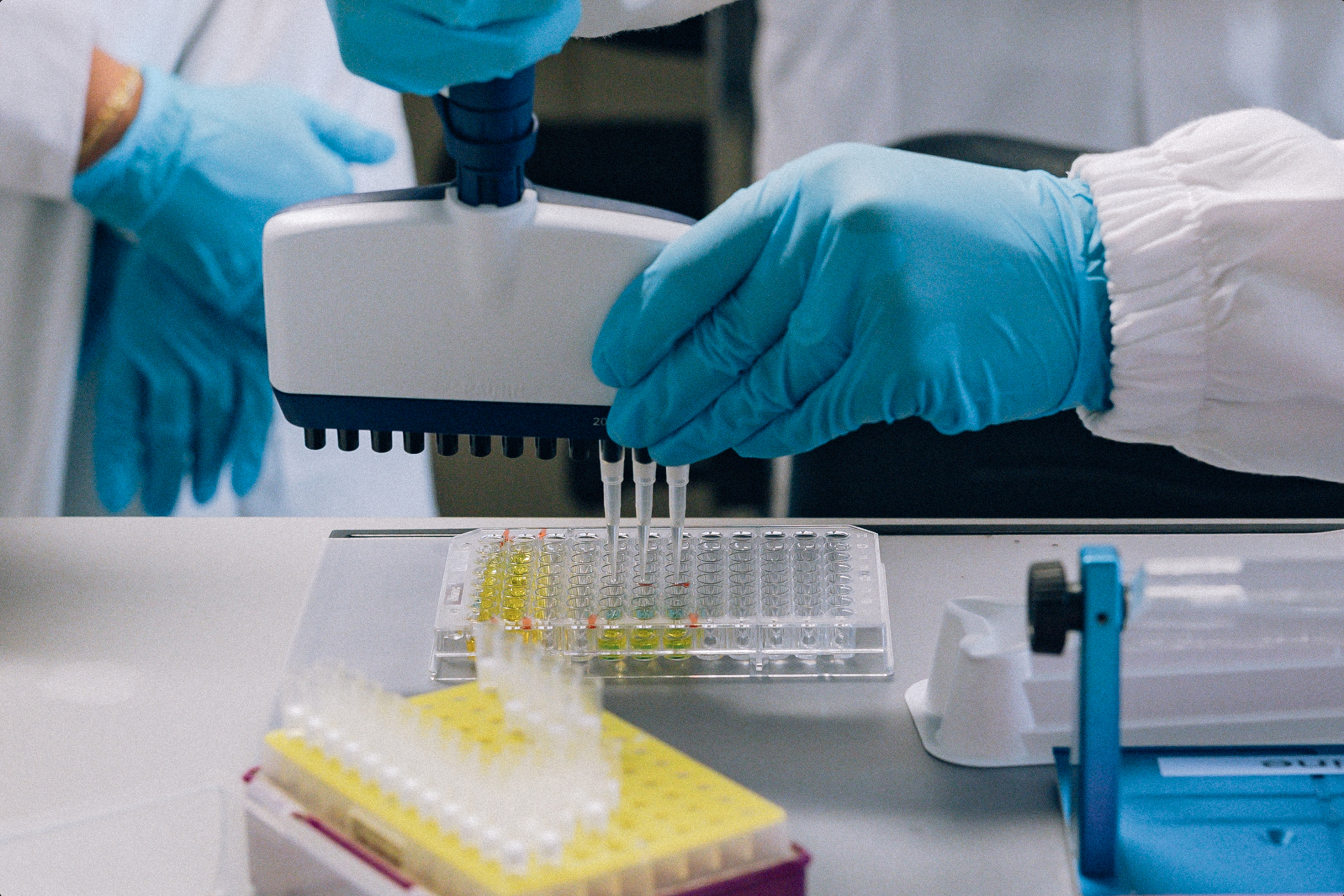
·
Nutrition·
Studies·


